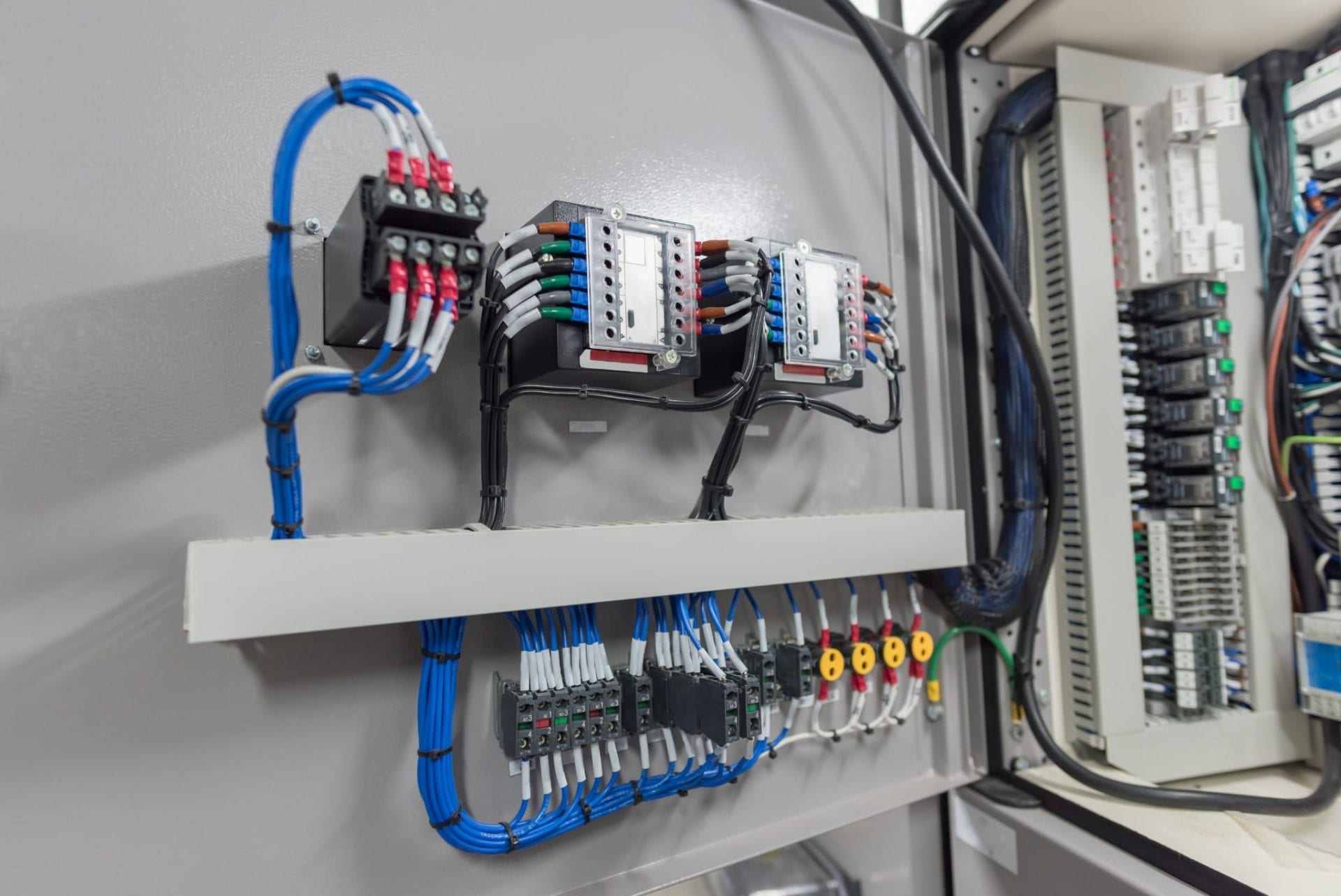Beginner's Guide to Electrical Wiring: Tips and Techniques for Safe and Effective Installation

The electrical wiring is an essential part of any home, and knowing it is crucial for each homeowner. Not only does it help in ensuring the proper running of your house, but it is also critical for your safety. In this article, we will discuss the basics of electrical wiring, the importance of safety, and the benefits having an authorized residential electrician for all your electrical wiring requirements.
Understanding the basics of electrical wiring
The electrical wiring refers to the system of electrical conductors which run through your house, delivering electricity to your appliances or devices as well as lighting fixtures. It works by forming electrical circuits that connect your sources of power to your devices. Circuits for electrical power are comprised of switches, wires along with other electronic components, which work to form a secure and functional electrical system. There are different types of electrical wiring, such as copper, aluminum, and types of wire insulation such as PVC or rubber.
Preparation and planning for electrical Wiring
When installing an electrical wire, you must consider several aspects to take into consideration, such as the kind of wiring that you need, the capacity of your electrical system, and the power requirements you require. It is also important to be aware of electrical wiring regulations and permits required in your area. To prepare for electrical wiring, create an electrical plan and assess your electrical needs. This will help ensure that your electrical system is safe efficient, reliable, and meets your power requirements.
Materials and Tools Required for electrical wiring
When making new electrical wiring, it is important to have the appropriate tools and materials available. Tools that are essential include wire cutters, strippers, pliers, as well as an electrical voltage tester. Other materials needed to conduct electrical wiring are electrical tape, wire nuts, conduit, and electrical boxes. It’s also useful to be equipped with a wiring diagram to help you with the process of installing.
Step-by-Step Guide to Installation of Electrical Wiring
Installation of electrical wiring can be an intimidating process however, with the right tools and knowledge it can be accomplished safely and efficiently. This is a step-by-step guide to installing electrical wiring inside your home:
Turn off the power to the area in which you’ll be working.
Plan the wiring layout and mark where the wiring will be installed.
Install electrical boxes and conduit wherever needed.
Cut and strip the wires until the proper length.
Make sure you connect the cables to your fixtures or devices that you’re wiring.
Secure the wires in place using the wire nuts or electrical tape or conduit straps.
Check the wiring to make sure it is functioning properly.
When installing the wiring it is essential to follow the best wiring installation techniques and guidelines. Also, be aware of common mistakes that you should avoid while installing wiring for example, overloading circuits, using damaged wires, and using the incorrect kind of wire to accomplish the task.
Troubleshooting Electrical Wiring Issues
Even with careful design in the installation and design, wiring problems may arise. Common problems include circuit overloads, wiring damage as well as electrical shorts. To troubleshoot these problems, it is important to be aware of the most common electrical wiring issues and be aware of how to effectively and safely tackle these issues. It is also essential to follow electrical safety procedures when troubleshooting electrical wiring issues including shutting off the power and wearing safety equipment.
Conclusion
Understanding the how your electrical wiring is wired in your home is essential for your safety and for the proper functioning that your electric system provides. It is important to hire a licensed electrician to ensure that your wiring is installed and maintained in a proper manner. At Local Electrician Ryde, we provide a range of electrical services, including electrical wiring installation and repair. Reach out to Local Electrician Ryde at 1300 941 876 for all of your electrical wiring requirements.
Electrical Wiring FAQ
Here are some frequently asked questions related to electrical wiring, as well as extra safety advice and the best practices for electrical wiring installation and repair:
What type of wire should I use for my electrical wiring?
The type of wire you should use for electrical wiring is contingent on the specific requirements of your home and the local building codes. It is crucial to select the correct wire gauge as well as the appropriate insulation type and wire materials to ensure the safety and efficiency that your electric system is running at its best.
Do I have the ability to put in myself my own wiring for electrical use?
While it is feasible to create an electrical wire yourself it is essential to have the proper expertise and experience to install it safely and efficiently. In most cases it is advised to employ a licensed electrician to ensure that your wiring is properly installed and maintained in a safe and secure manner.
How often do I need to be having my electrical wiring checked?
It is recommended that you examine your electrical wiring every 10 years or whenever you notice signs of electrical problems, such as frequent trips to the circuit breaker or electric shocks.
What do I do if notice electrical wiring problems in my home?
If you spot any electrical wiring problems in your home, such as flickering lighting or outlets that do not work, it is important to address them immediately. Switch off the power source to the affected area and contact an authorized electrician to evaluate and repair the issue.
By following these tips and best methods, you can be sure you have electrical connections that are safe and working properly. Make sure you are taking safety into consideration and seek out a licensed electrician in the event of a need. Call Local Electrician Ryde at 1300 941 876 for all electrical wiring issues.
